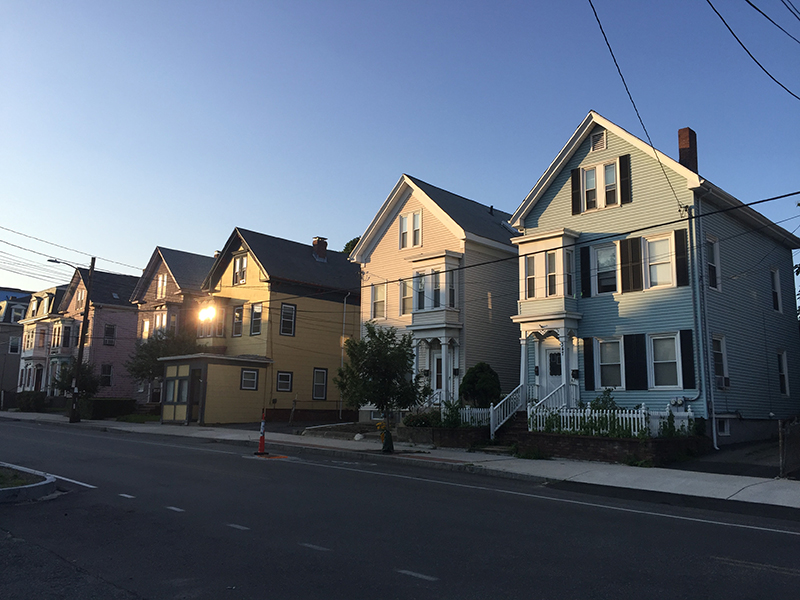
To combat the housing affordability crisis that has been inflamed by the coronavirus pandemic and the resulting economic fallout, some big companies are answering the call. But without government doing its part, there will be painful consequences for households nationwide.
Earlier this month, Apple allocated $400 million toward affordable housing projects and homeowner assistance programs in California. This pledge — the first installment of their multiyear $2.5 billion commitment to combat California’s housing crisis — comes at a time when residents throughout the state are hurting economically. It comes at a time when many states and cities are pulling back funding for affordable housing projects in the face of significant budget shortfalls.
As was noted when Apple announced its pledge in November, long-term investments like this will prove vital in helping keep families housed in markets that aren’t producing enough housing to keep up with demand. While responsible efforts like this one make a difference, to give Americans struggling to make ends meet the peace of mind they deserve, Washington needs to work together to deliver a meaningful rental assistance program that will stabilize housing for millions through unprecedented challenges.
This is a national problem that requires federal solutions.
There is growing consensus — at least among most housing providers and economists — that as the country’s economic uncertainty persists, a rental assistance program is the best way to prevent a massive housing crisis. Unemployment continues to consume more and more of our workforce. And while residents have largely been staying current on rent payments thanks to unemployment benefits, that assistance will soon run out at the end of the month.
The exact amount of assistance needed varies across assessments, but The Urban Institute’s July 15 report offers meaningful insights into several different approaches to helping unemployed residents. In general, they estimate that alleviating rent burden for all rental households — including households that haven’t seen a reduction in income due to the coronavirus pandemic — would cost the federal government $15.5 billion per month. This estimate assumes that no state unemployment benefits or assistance from the CARES Act are made available to residents. In this context, alleviating rental burden is defined as bringing all renter households to a 30 percent rent-to-income ratio.
This is no small task. Before the pandemic, 1 in 4 residents already spent over half their income on housing. Asking unemployed residents to overcome this challenge unassisted could be nothing short of disastrous. As National Multifamily Housing Council (NMHC) President Doug Bibby cautioned in the Los Angeles Times, “What you’re asking renters to do is impossible for them to do…Which is do it again, but without the resources you’d given them.”
We can’t ask residents to do the impossible. And it would be foolish to expect pledges like Apple’s to sustain families through this crisis. As a country, we should be giving households that need it the resources to stay housed at a time when shelter is so critical to health. The Urban Institute’s $15.5 billion price tag is just one estimate — but it speaks to the severity of the situation facing residents throughout America. By taking meaningful action now and providing direct rental assistance to residents, Congress can keep roofs over families’ heads and potentially pull the country back from an emerging housing crisis.




